#rock sculpture
Text

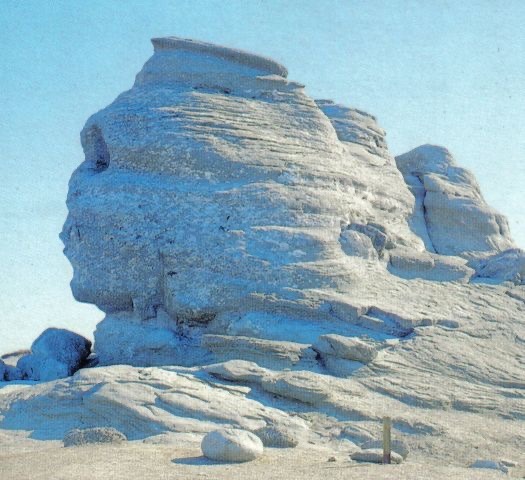
Bucegi Sphinx of Romania, also known as the Carpathian Sphinx,
curious for how it looks like a complete replica of the Sphinx at the Great Pyramid of Giza in Cairo, Egypt
Nestled in the Bucegi Mountains' Babele complex of rock formations at an altitude of 2,216 metres (7270 feet), the Sphinx faces west, where the sun sets and perfectly aligns with the eyes of the structure
Some geologists have speculated that this formation could have possibly been human-made, specifically due to the different types of sediment that make up the formation, however the level of erosion make these claims inconclusive
#art#archaeology#ancient culture#ancient#ancient art#nature art#sphinx#romania#bucegi#carpathian mountains#rock formation#geology#rock sculpture#stone sculpture
99 notes
·
View notes
Text


Sculpted sea monsters.
#cloudy beach#rock sculpture#São Lourenço#photographers on tumblr#original photographers#portugal#ericeira#atlantic ocean#beach#ocean#landscape photography#landscape
22 notes
·
View notes
Text
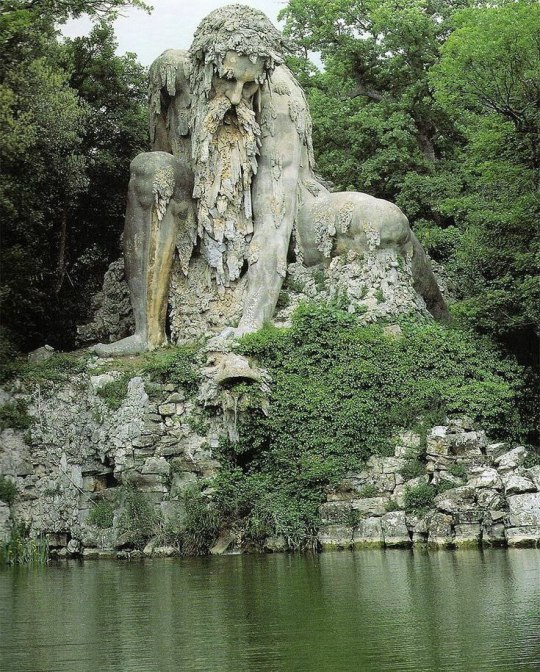
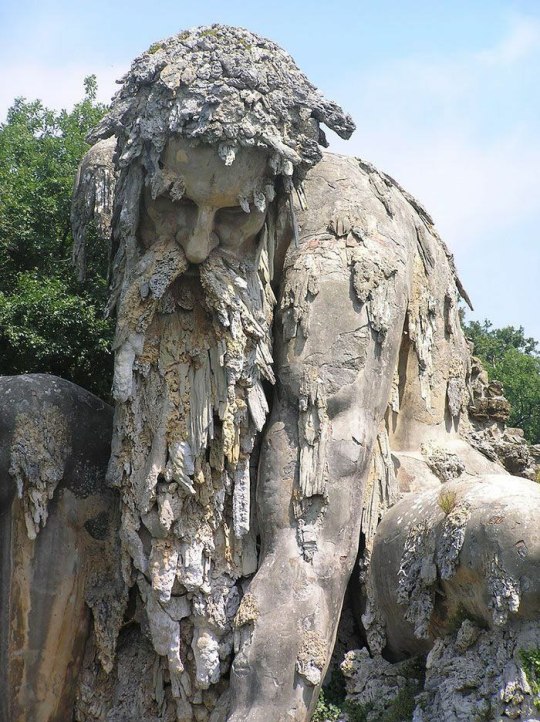
Giant 16 th cenury.Sculpture.Florence Italy.
#Giant#Italy#Florence#beauty of italy#sculpture#sculpture is art#art from italy#italian art#stone#rock sculpture#nature and environment#nature and sculpture#giant and trees
101 notes
·
View notes
Text
Green Rock Tortoise was this week’s project. Different from my normal miniatures, but applying many of the same skills. Used a glue gun for the first time as well. Hope my wife appreciates it on the 25th!
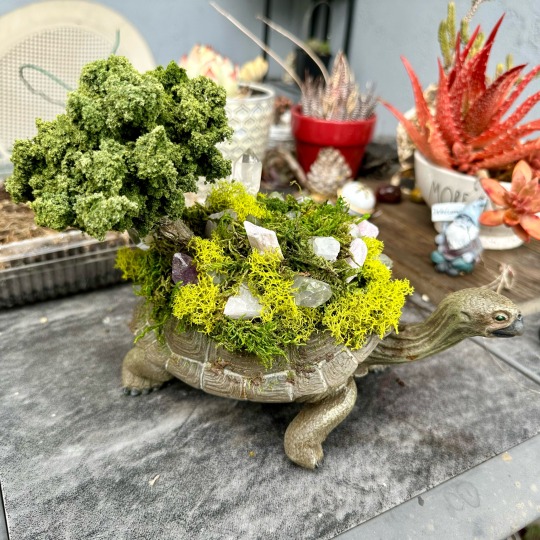


#miniatures#minipainting#crafts#craft projects#turtle sculpture#tortoise#tortoise sculpture#rock sculpture#crafting#crafting project
10 notes
·
View notes
Photo

Ancient Iranian Carving Seized at a London Airport
An ancient sculpture illicitly carved from a rock relief in Iran will soon go on display at the British Museum before being repatriated to the National Museum in Tehran.
Carved in calcareous limestone, the sculpture depicts a standing male figure with an ornamental headdress. The piece likely hails from the 3rd century C.E. when the Sasanian Empire ruled greater Iran, according to the Guardian.
“It belongs to a period when Iran was the center of a powerful empire stretching from Syria to the Caucasus and Central Asia, and with its capital at Ctesiphon, south of present-day Baghdad,” St. John Simpson, an archaeologist and senior curator the British Museum’s department of the Middle East, told the paper. “The Sasanians were powerful rivals of Rome, and famous today for their fine silverwares and cut glass.”
The relief was seized at the Stansted airport outside of London, where border officers pulled the item aside because of its suspicious packaging—an unpadded, slapdash crate held together by nails. Inside was the carving, which had recently been excised with an angle grinder.
“We almost never come across a case of something being cut out of the ‘living rock,’” Simpson said. “That’s a level of brutalism that surpasses anything.”
Exactly where the carving came from remains a mystery, though context clues may help to narrow the list of potential locations. Roughly only 30 Sasanian rock reliefs are known to exist today, and almost all them came from the small Fars Province in southwest Iran.
Simpson suspects it “comes from somewhere in the Shiraz area” of the province. “Stylistically, it is similar to one known in the region,” he explained. “I think it probably is part of a big sequence. There might be more bits out there.”
The subject of the piece is similarly difficult to determine. “The lack of an inscription makes it impossible to identify the person depicted, but his dress and diademed headdress signifies him as a person of high rank,” the curator said. “His gesture of greeting and submission, with a raised bent forefinger, is a feature of Sasanian art when figures are in the presence of royalty, which suggests that this was part of a larger composition, with the king to the right and perhaps other figures behind.”
Interpol and the National Crime Agency have both investigated the object, but no arrests have yet been made. An internet auction site in the U.K. was listed as the package’s destination address, but the company claimed not to be expecting it.
Because of its poor padding, the relief broke in two pieces during transport. Conservators have since put it back together.
“The British Museum is committed to contributing to the preservation of cultural heritage in the U.K. and globally, partnering with law enforcement agencies to identify illicitly trafficked antiquities,” read a statement from the museum. “Objects seized in this way are brought to the British Museum for identification and cataloguing.”
The London institution obtained permission from the Iranian government to display the carving for three months. After that time, it will be repatriated to the National Museum in Tehran.
Simpson called the newly repaired piece “stunningly attractive,” before weighing in on its potential worth.
“The valuation could be anything, really. We’re talking £20 million to £30 million-plus,” ($25 million to $37 million) he said. “There’s never been anything like it on the market.”
By Taylor Dafoe.
#Ancient Iranian Carving Seized at a London Airport#the sasanian empire#rock releif#rock sculpture#ancient artifacts#archeology#archeolgst#history#history news#ancient history#ancient culture#ancient civilizations#stolen#looted
48 notes
·
View notes
Text

#art#photography#original photographers#photographers on tumblr#photograph#Astra's photography#lake#colour photography#water#rocks#flower#flowers#rock sculpture
2 notes
·
View notes
Text
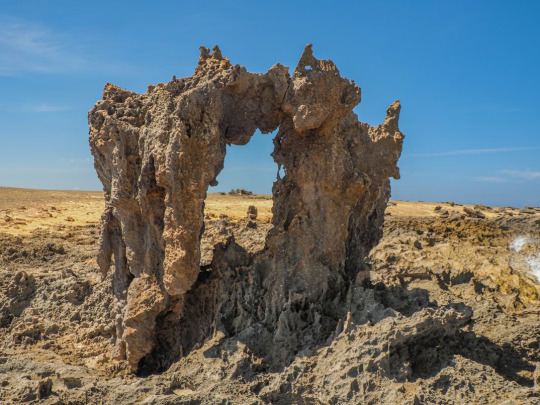
Rock sculpture in Northern Madagascar
Lesly Derksen
0 notes
Text
I support this product idea on LEGO Ideas, and you should, too!
#lego#lego ideas#product idea#moon#crescent moon#rock#sculpture#rock sculpture#nature#architecture#garden sculpture#Mugen Woong
0 notes
Photo

Gravel in Seattle
Inspiration for a small contemporary full sun side yard gravel retaining wall landscape.
0 notes
Video
Cut, grind, grind, grind, grind, and polish. That’s pretty much how I make glass and stone sculptures.
#video#tiktok#tiktoks#satisfying#soothing#rock#rocks#sculpture#sculptures#crystal#crystals#lambertweston
7K notes
·
View notes
Text

Andy Goldsworthy: pointed rocks (1980)
940 notes
·
View notes
Text
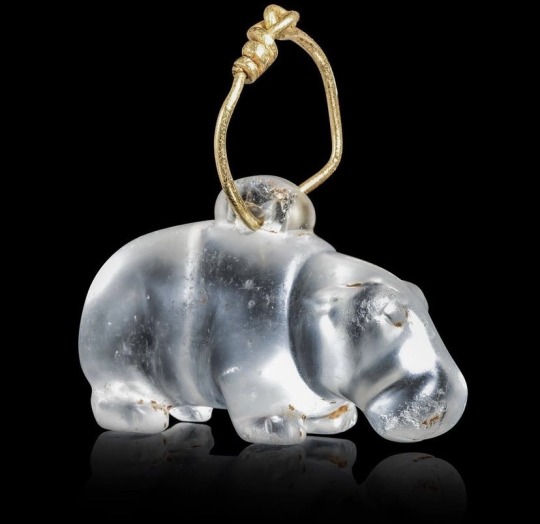
An Egyptian rock crystal of a chonky hinpopotamus amulet
(Middle Kingdom, ca. 2050-1650 BCE)
Amulets were worn by ancient Egyptians for their protective and regenative properties. Used in both in daily life and during funerary rites, amulets represented animals, deities, symbols or objects thought to possess the magical powers of warding off evil spirits.
As animals were popular representations, the hippopotamus was known for its apotropaic (e.g. ability to avert bad luck) qualities and was associated with rebirth.
#art#archaeology#sculpture#ancient#ancient art#ancient egypt#amulet#hippopotamus#apotropaic#egyptian art#egyptology#kemetic#ancient kemet#rock crystal#geology#ancient jewelry#jewelry
3K notes
·
View notes
Text
First of my snaps from holiday last month
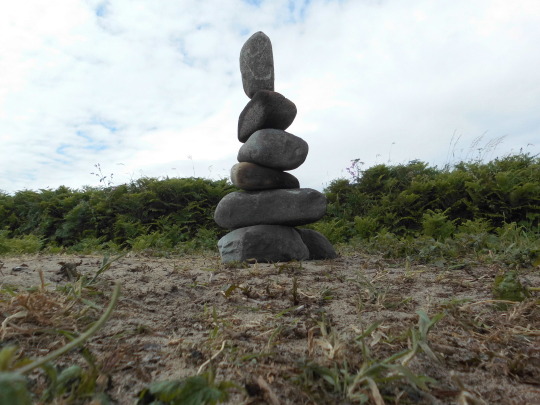
#Rocks#Rock pile#Rock sculpture#Photography#Travel#Travel photography#Seaside#Beach#Wales#North Wales#Llanbedr#Shell Island
1 note
·
View note
Photo

Aphorism 167. The Philosophy of Tropical Littorals and Seashores. Satyendra Sunkavally.
#chisel#mallet#sculptor#sculpture#rock sculpture#seashore#surfline#ridge#acicular#geometry#eddy#waves#sea#rock formation#beach#thoughts#words#haiku#aphorism#quote#randomness#chaos#order out of chaos#sculpt#personal diary#field notes#journal#tropical#seaside#philosophical
0 notes
Photo

Outback NSW 2022. One of the rock sculptures in The Living Desert State Park, just a few minute from sunset.
0 notes
Text


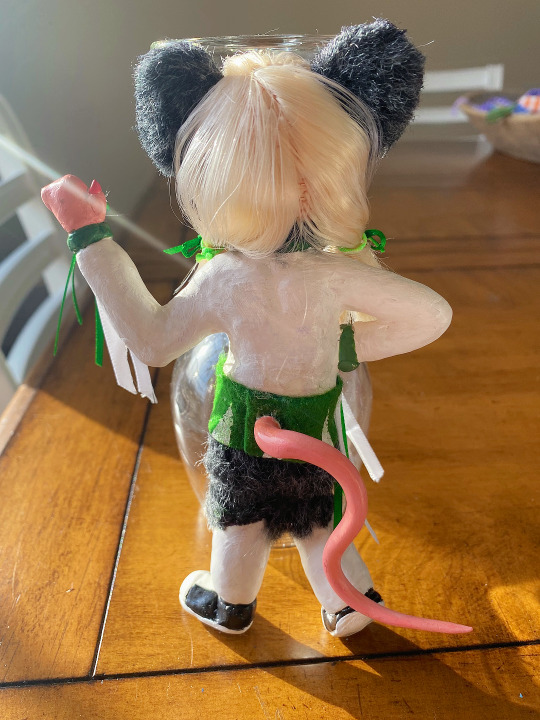
here's 2/2 of my RAE sculptures! mitzi was a big learning experience for me, i tried a lot of experimental stuff on her but i think it paid off! i'm gonna try to use the method i used on her hair for my next few sculptures, now that i know what to do and what not to do
#rockafire fanart#rockafire explosion#rock afire explosion#showbiz pizza#art#my art#animatronic#sculpture#mitzi mozzarella
234 notes
·
View notes